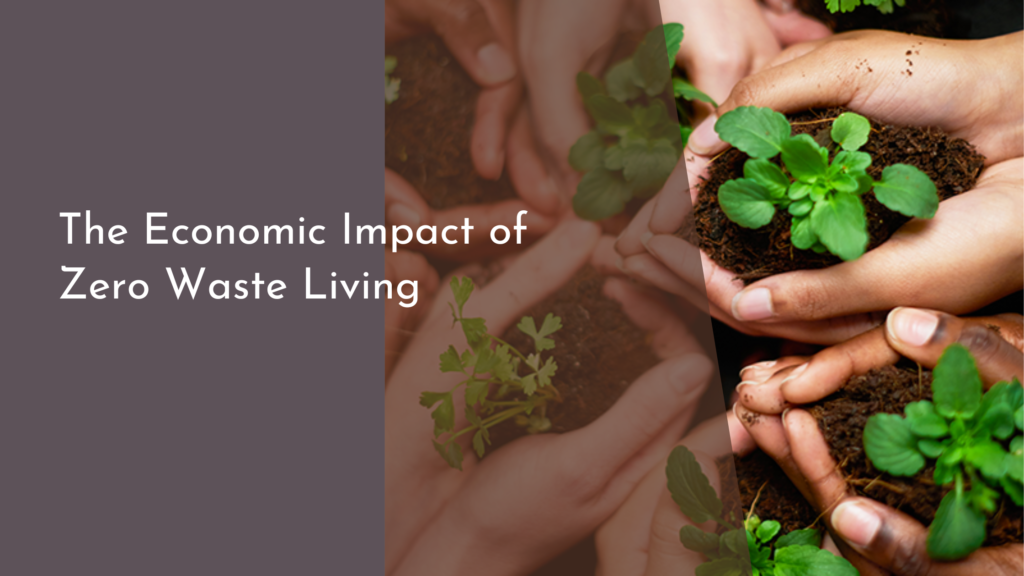How to Identify Truly Sustainable Fashion Brands
As the world becomes more conscious of its environmental footprint, the fashion industry is not left behind. With the rising trend of sustainable fashion, more consumers are looking at ways to make eco-friendly choices that align with their values. However, the challenge often lies in identifying which brands are genuinely sustainable and which are merely capitalizing on the trend without substantive commitments. This article will guide you through the essentials of sustainable fashion, explore key certifications, gain insights from industry experts, and help you build a greener wardrobe.
Understanding the Basics of Sustainability
Sustainability in fashion encompasses a range of practices aimed at reducing the environmental impact of clothing production, distribution, and disposal. It involves the use of environmentally friendly materials, efficient use of resources, ethical labor practices, and a commitment to recycling and upcycling old garments. Truly sustainable fashion brands not only focus on minimizing harm at every stage of the production process but also strive to create positive impacts on both the environment and society.
To dig a bit deeper, sustainability in the fashion industry also means considering the life cycle of the products. This includes the sourcing of raw materials, energy-efficient manufacturing processes, and the longevity and biodegradability of the products. Brands that are committed to these principles often provide transparent information about their supply chain and business practices, which helps consumers make informed choices.
Key Certifications and What They Mean
When shopping for sustainable fashion, certifications can be a reliable indicator of a brand’s commitment to environmental and ethical standards. For instance, the Global Organic Textile Standard (GOTS) ensures that textiles are organically sourced and processed without toxic dyes and chemicals, and also considers social criteria in production. Similarly, the Fair Trade Certified seal indicates that the workers involved in making the clothes are paid fair wages and work under safe conditions.
Another significant certification is the Bluesign system, which focuses on consumer safety and environmental health throughout the manufacturing process. This certification ensures that products are free from harmful substances with a reduced environmental impact. Other labels to look out for include the OEKO-TEX® Standard, which tests for harmful substances in textiles, and the B Corp certification, which assesses companies for their social and environmental performance, accountability, and transparency.
Insights from Industry Experts
Industry experts often emphasize the importance of supporting brands that not only use sustainable materials but also focus on innovative practices to reduce overall impact. According to sustainable fashion consultant, Jane Doe, “The future of fashion lies in embracing technology and transparent supply chains that help reduce waste and improve recycling.” This approach helps in tracing the origins of materials and ensuring that all processes are environmentally sound.
Designers who are leading in sustainable fashion also advocate for a shift in consumer mindsets from buying more to buying better. This includes choosing quality over quantity, opting for timeless pieces over fast fashion trends, and maintaining clothes longer through proper care. Expert tailor, John Smith, suggests that “buying garments that are well-made and maintaining them can significantly extend the life of your wardrobe, thus reducing the need for constant consumption.”
Wrapping It Up: A Greener Wardrobe Awaits
Adopting a sustainable wardrobe doesn’t happen overnight but is a rewarding process that contributes positively to the planet and its inhabitants. Start by auditing your current clothing and deciding what you truly need, focusing on versatility and durability in future purchases. Remember, sustainable fashion is not just about buying products with an eco-friendly label but also about changing consumption habits and supporting systemic change within the fashion industry.
Furthermore, look out for local and independent brands that may not have the large certifications but are committed to sustainable practices. Engage with these brands and ask questions about their processes—most genuine sustainable brands are transparent and happy to discuss their production practices. By making these mindful choices, you not only contribute to a healthier environment but also become part of a meaningful change towards sustainable living.
In conclusion, identifying truly sustainable fashion brands involves understanding the basics of sustainability, recognizing important certifications, and considering expert insights. By making informed choices and gradually building a greener wardrobe, you contribute to a more sustainable future in fashion. Remember, every purchase is a vote for the type of world you want to live in, so choose wisely and wear your values proudly.

